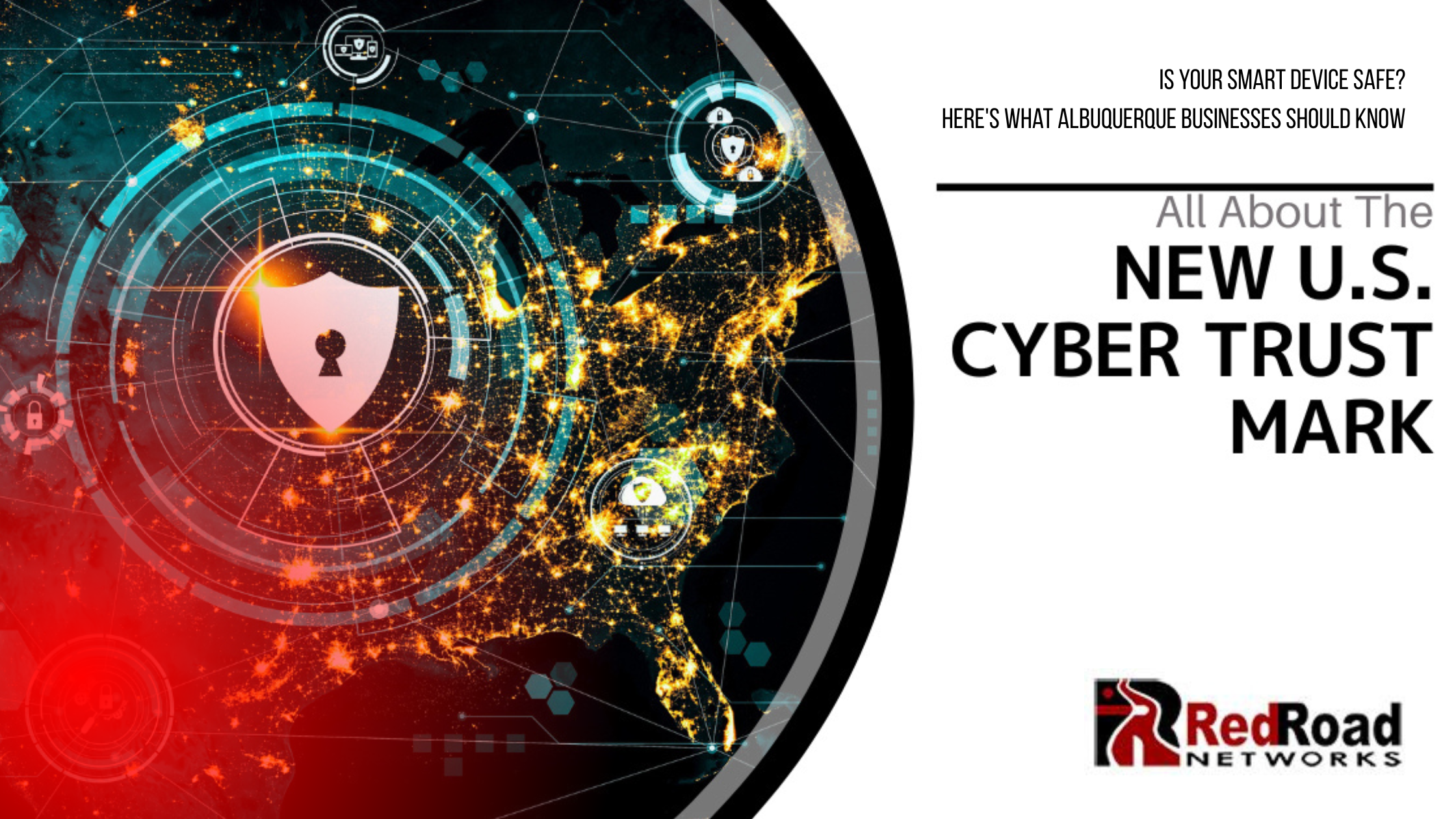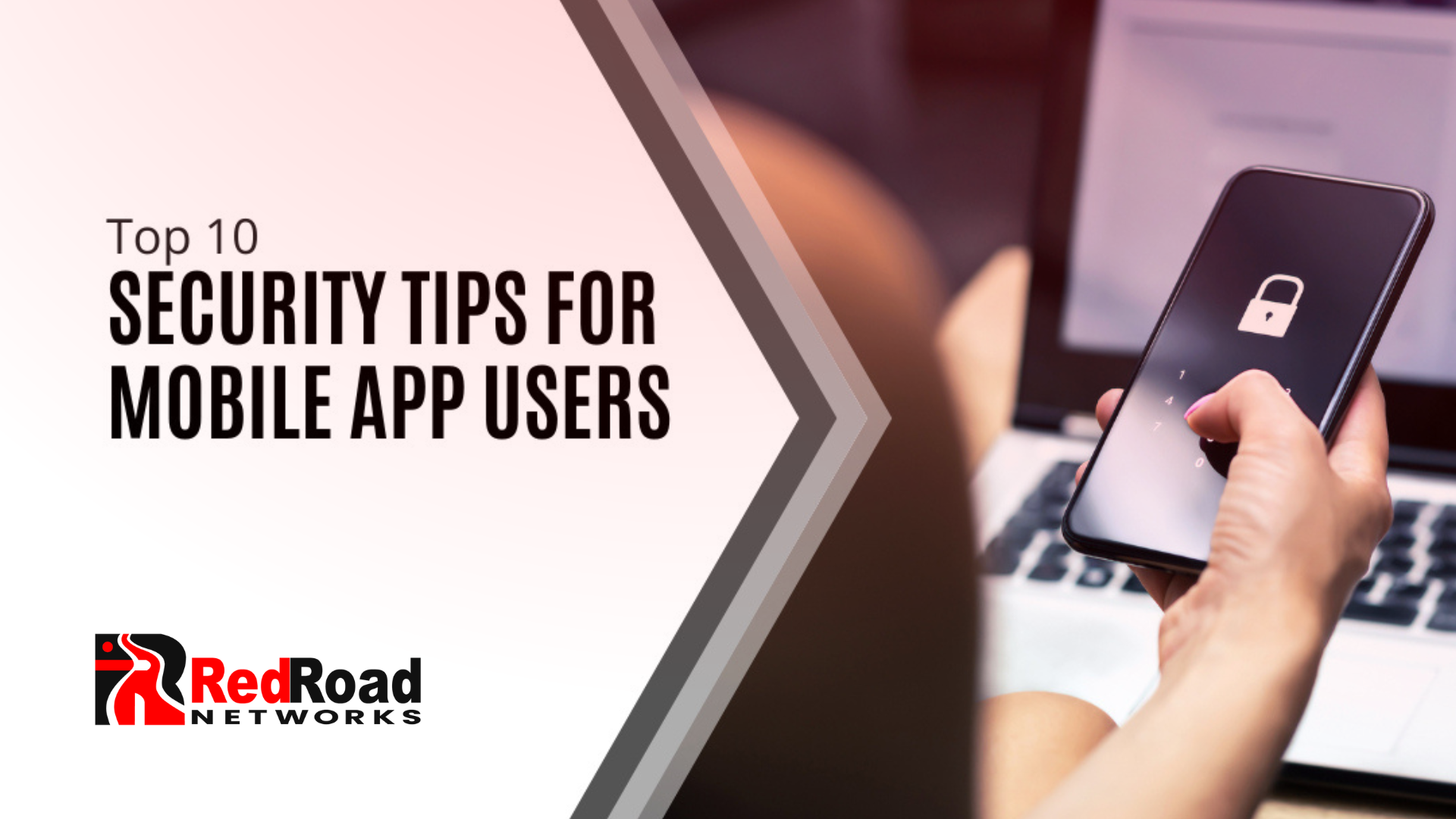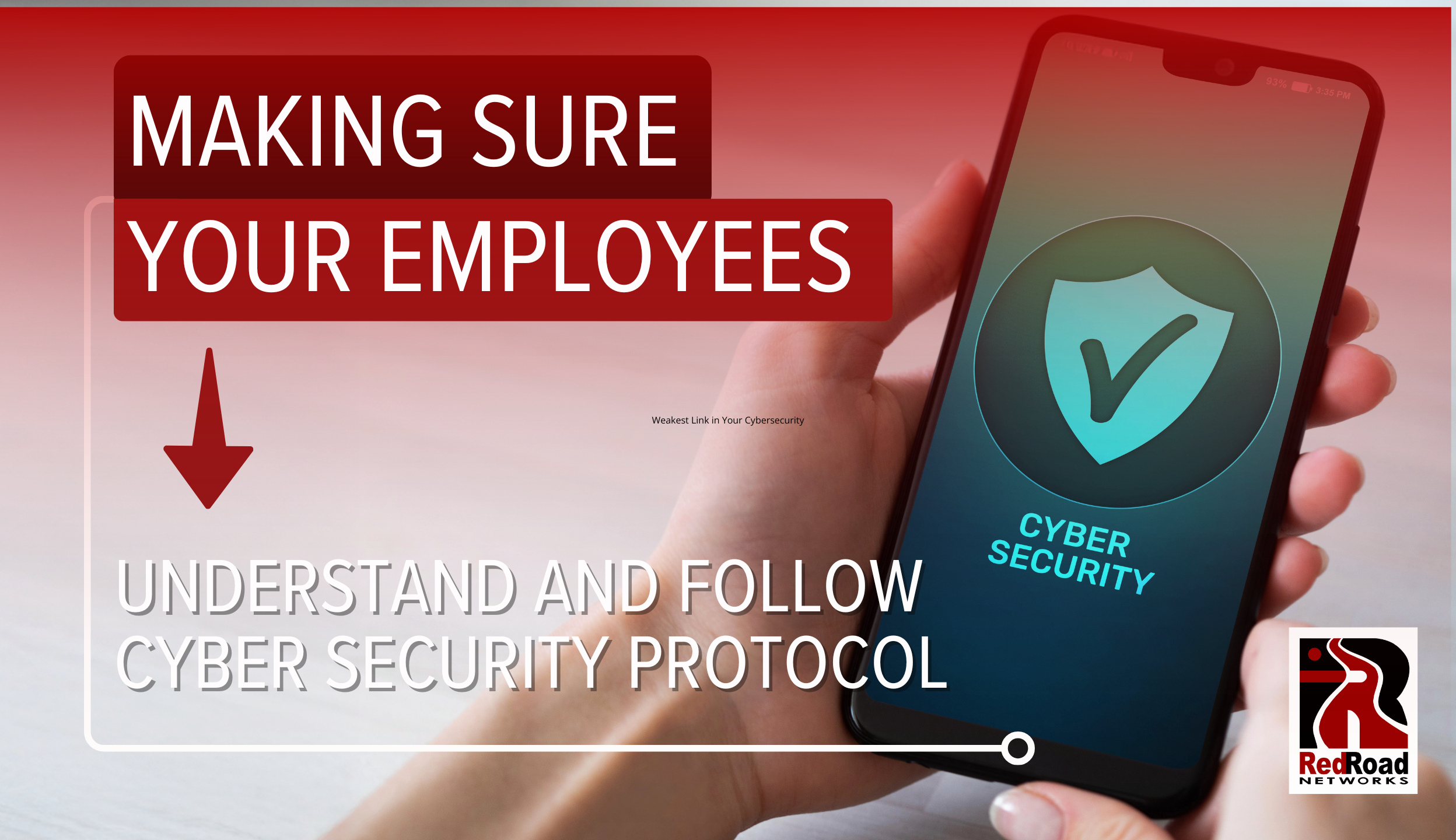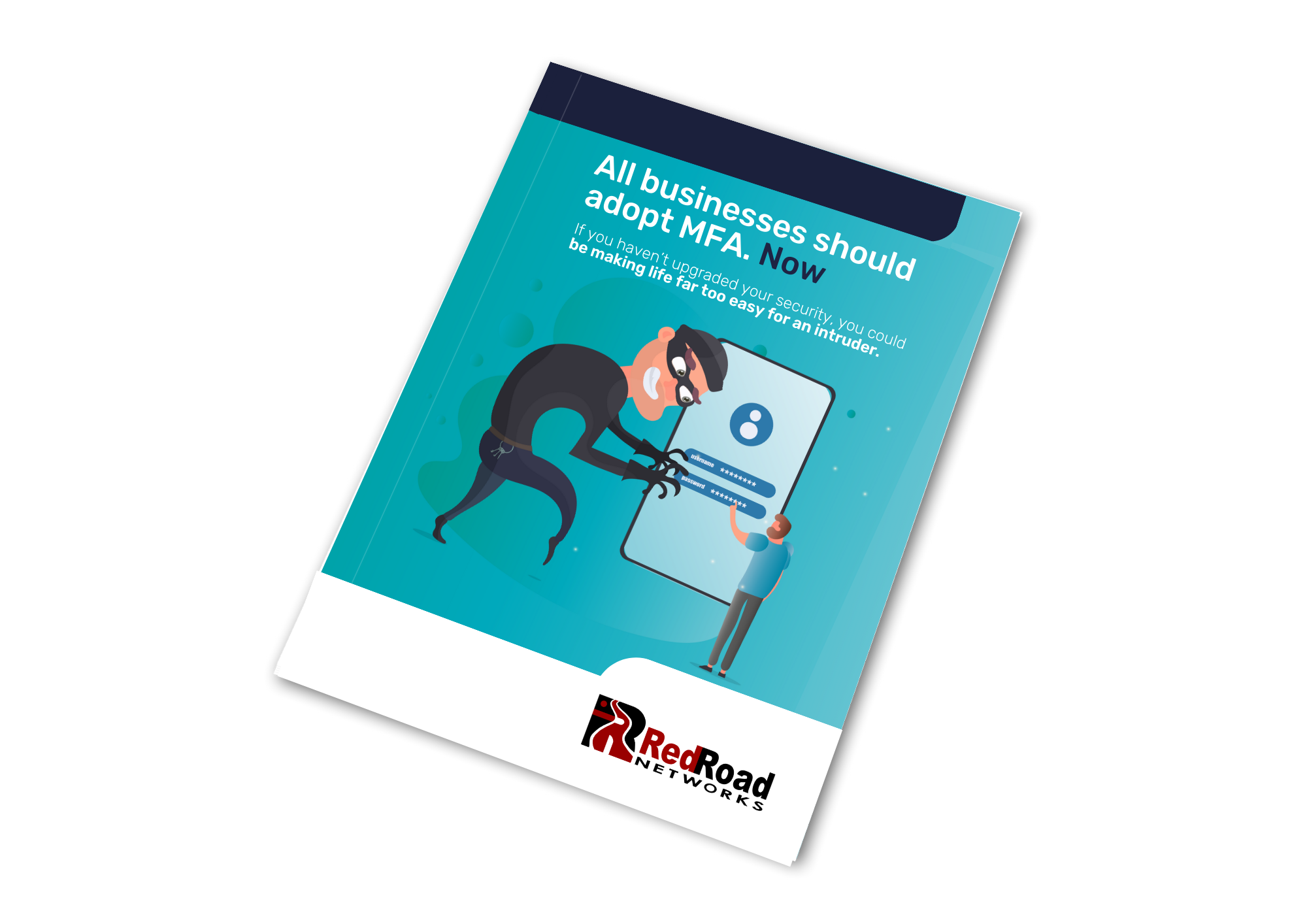In today’s hyper-connected world, smart devices like thermostats, cameras and even coffee makers are popping up in homes and businesses all over Albuquerque. But with convenience comes risk. In 2022 alone, there were more than 112 million cyberattacks targeting Internet of Things (IoT) devices—a number that’s only expected to rise, especially with AI-fueled attacks becoming more sophisticated.
To help combat this, the U.S. government is introducing a new label: the Cyber Trust Mark. Think of it like a nutrition label, but for cybersecurity. At Red Road Networks, we believe this is a smart move—especially for small business owners who don’t have time to become cybersecurity experts.
Let’s break down what this means for you, your tech, and your peace of mind.
What Is the U.S. Cyber Trust Mark?
Smart devices are everywhere—from breakroom smart speakers to office entry systems. But unfortunately, many of these gadgets come with weak security and make your business an easy target.
That’s where the Cyber Trust Mark steps in. It’s a new symbol (literally a shield logo) you’ll start seeing on boxes and websites that signals a device has passed certain security benchmarks. For Albuquerque business owners, that means you can make confident purchases without diving into technical specs.
How Does a Device Earn the Cyber Trust Mark?
To qualify for the mark, a smart device must pass government-approved tests. These include checks on:
-
Strong passwords (no more “admin123”)
-
Secure data protection
-
Consistent software updates
This helps ensure that the device isn’t just shiny and new—but secure enough for your business to rely on.
When Will You Start Seeing It?
The Cyber Trust Mark is rolling out soon, and you may spot it the next time you’re browsing smart locks or security cameras. Major manufacturers are already lining up to get their devices certified.
At Red Road Networks, we expect these devices to become a go-to recommendation in our cybersecurity audits and office tech upgrades for clients across New Mexico.
Why Does It Matter for Albuquerque Businesses?
Here’s the big win: you don’t need to be an IT pro to spot secure devices anymore. The mark gives small business owners and office managers a quick visual cue to guide safe purchases.
Even better—it’s expected to raise the bar across the board, encouraging manufacturers to make security a priority, not an afterthought.
What If a Device Doesn’t Have the Mark?
Don’t panic. Not all secure devices will have the mark right away—it’s still new. But if it doesn’t, we recommend doing a little extra homework:
-
Check the manufacturer’s website
-
Look for recent security updates
-
Ask your MSP (that’s us!) for guidance
Already Using Smart Devices?
Most businesses already have some smart tech in play. If that’s you, here are a few simple tips to tighten things up:
-
Change any default passwords
-
Regularly update your device software
-
Disable unused features
-
Use a strong, encrypted Wi-Fi network
At Red Road Networks, these are standard steps in our cyber hygiene checklists during client visits or remote tune-ups.
The Future of Device Safety
The Cyber Trust Mark is a great first step—but not the last. As cybersecurity threats evolve, so will the standards behind the mark. Expect updates to include more devices, tougher requirements, and smarter testing methods.
And while this is currently a U.S.-based program, don’t be surprised if similar standards go global in the coming years.
Final Thoughts from Red Road Networks
Whether you’re managing a team in Nob Hill or running a small office near Downtown Albuquerque, your smart tech should work for you—not leave you exposed. The Cyber Trust Mark is a welcome development for business owners who want safer, smarter solutions without the technical overwhelm.
Next time you’re investing in office tech, look for the mark—and when in doubt, give us a shout.
We’ll help you sort the secure from the sketchy.
Article used with permission from The Technology Press.









